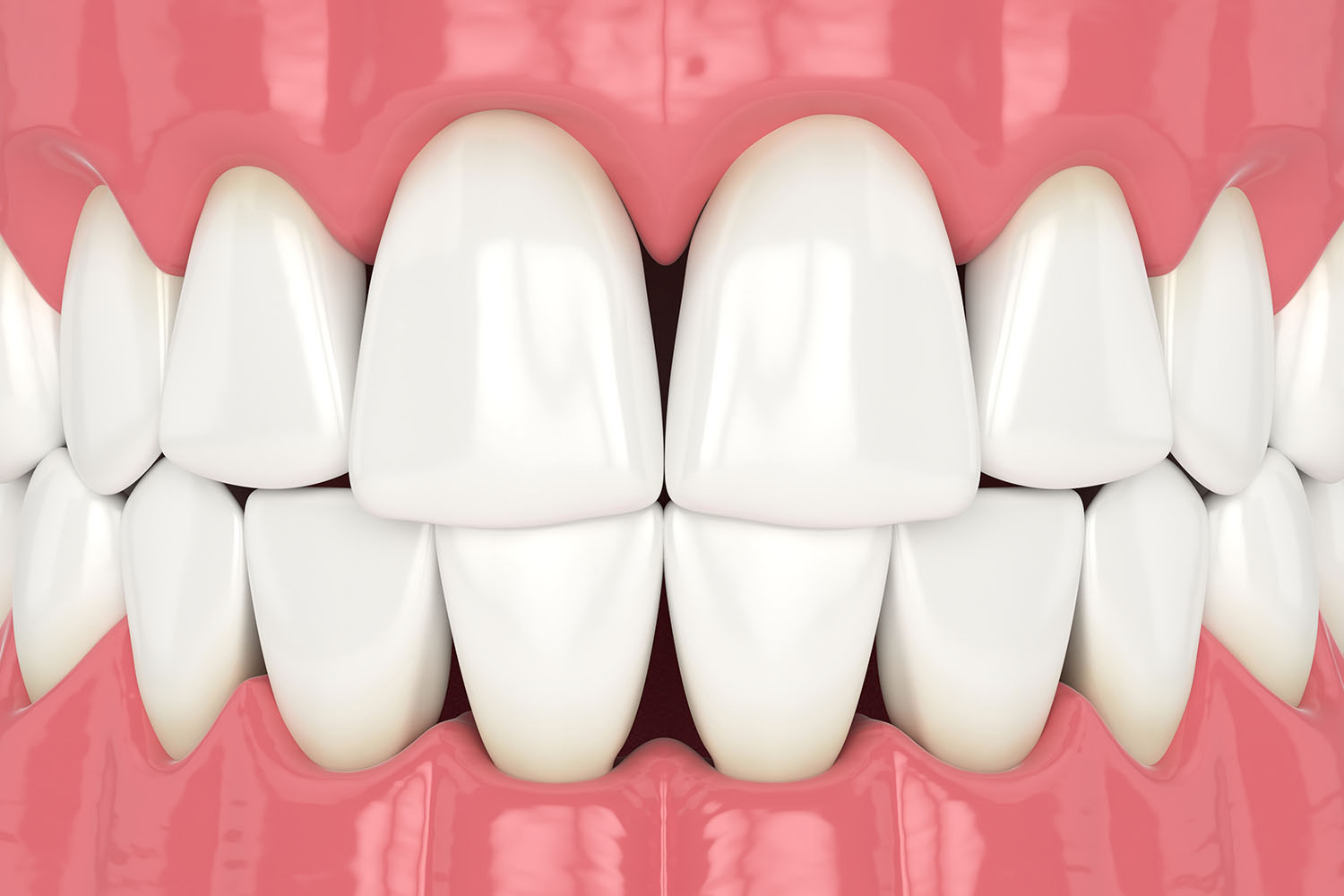Overview
Teeth, the unsung heroes of our daily lives, are marvels of biological engineering, allowing us to bite, chew, and speak with ease. Behind their seemingly simple appearance lies a complex anatomy that is vital to our overall health and well-being. In this blog, we will delve into the intricate structure of teeth, exploring their anatomy, functions, and importance in maintaining oral health.

Teeth Anatomy: The Gateway to Understanding Dental Health
Teeth anatomy is a fascinating subject that encompasses a multitude of intricate structures and functions. From the outer enamel to the innermost pulp, each component plays a crucial role in maintaining dental health and facilitating essential functions like chewing and speech. In this comprehensive guide, we delve deep into the world of teeth anatomy, backed by facts and research, to unravel the mysteries behind our pearly whites.
Enamel: The Guardian of Teeth Anatomy
At the forefront of teeth anatomy lies enamel, the outermost layer that protects the underlying structures. Composed primarily of hydroxyapatite crystals, enamel is the hardest substance in the human body, providing durability and resistance to wear and tear. Its dense structure acts as a shield against bacteria and acids, safeguarding against decay and erosion. Research suggests that proper oral hygiene and fluoride exposure can enhance enamel strength, underscoring the importance of preventive dental care.
Dentin: The Supportive Core
Beneath the enamel lies dentin, a dense yet porous tissue that forms the bulk of the tooth’s structure. Unlike enamel, dentin contains living cells called odontoblasts, which produce and maintain its matrix. This layer serves as a supportive core, providing cushioning and insulation for the sensitive pulp tissue. Despite its resilience, dentin is susceptible to decay and erosion when exposed due to enamel damage or gum recession. Understanding the intricate interplay between enamel and dentin is essential for preserving teeth anatomy and function.
Pulp: The Vital Hub of Teeth Anatomy
At the heart of each tooth lies the pulp, a soft tissue composed of nerves, blood vessels, and connective tissue. This vital hub serves as the sensory center, transmitting signals of pain, pressure, and temperature to the brain. Research indicates that inflammation or infection of the pulp, often caused by untreated decay or trauma, can lead to severe pain and compromise dental health. Root canal therapy, aimed at removing infected pulp tissue while preserving the tooth’s structure, highlights the significance of maintaining pulp vitality in teeth anatomy.
Periodontium: The Foundation of Dental Health
Beyond the confines of individual teeth lies the periodontium, a complex system of tissues that supports and surrounds the teeth. This includes the gums (gingiva), periodontal ligament, cementum, and alveolar bone, all of which contribute to stability and anchorage. Studies have linked periodontal health to systemic conditions such as cardiovascular disease and diabetes, emphasizing the far-reaching implications of teeth anatomy beyond oral cavity. Proper oral hygiene, including regular brushing, flossing, and professional cleanings, is paramount for preserving the integrity of the periodontium.


